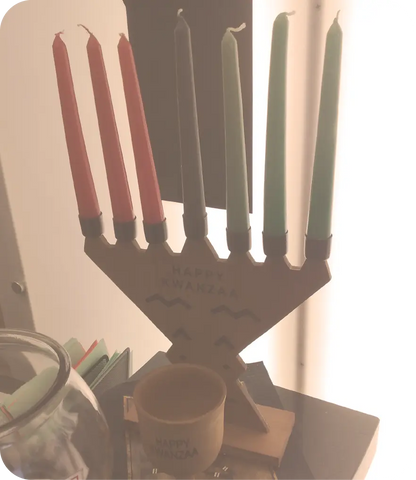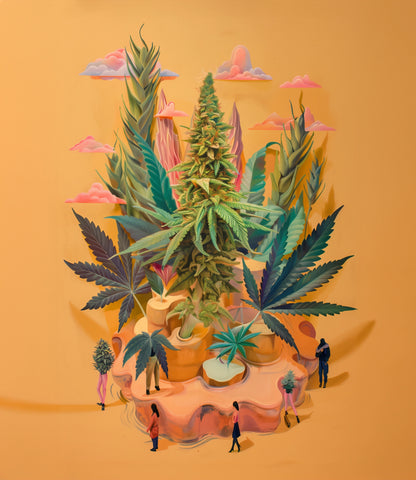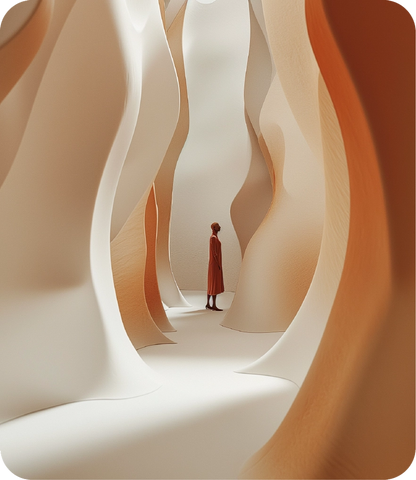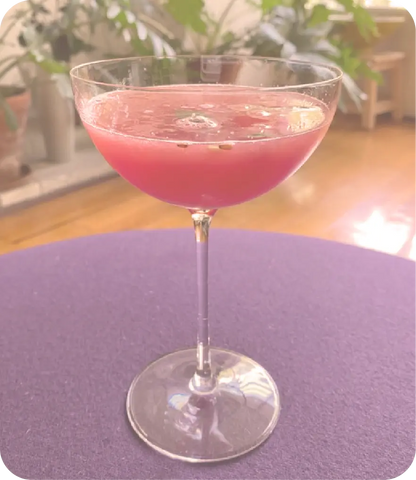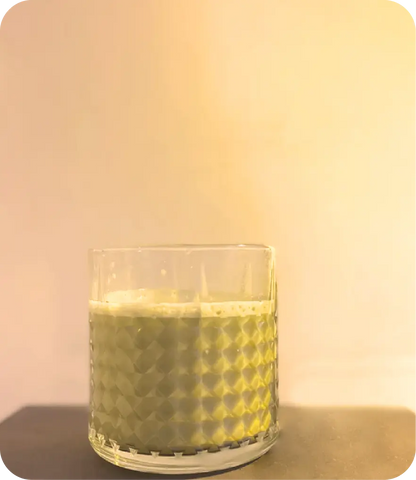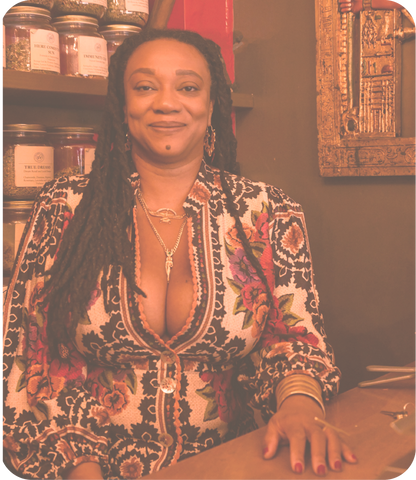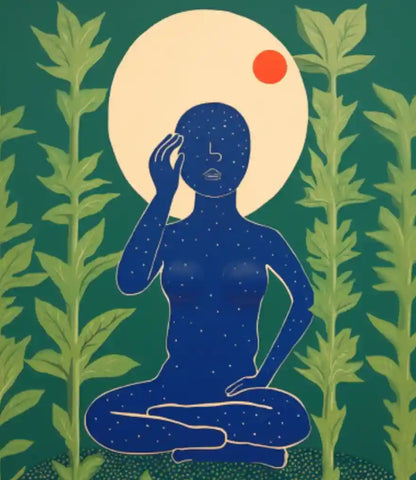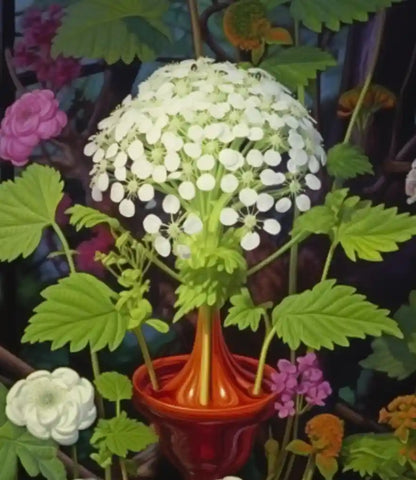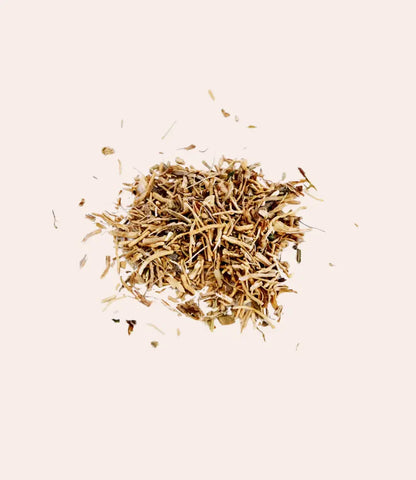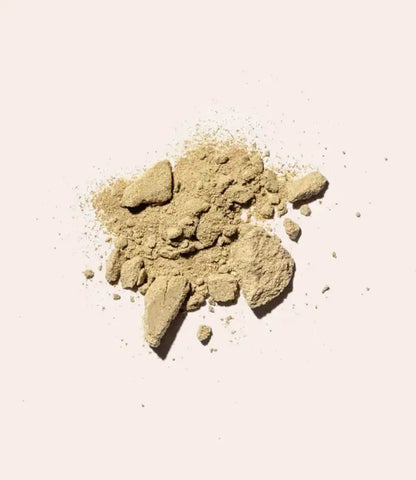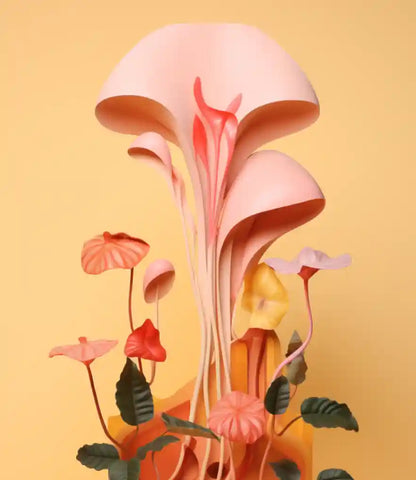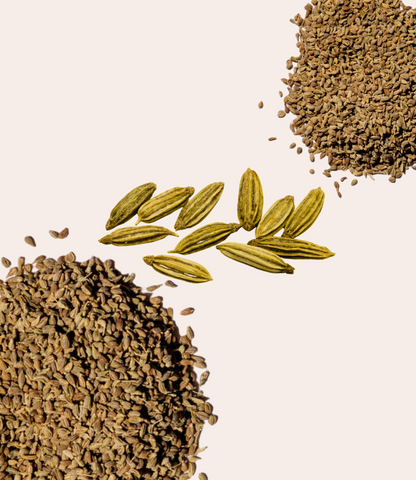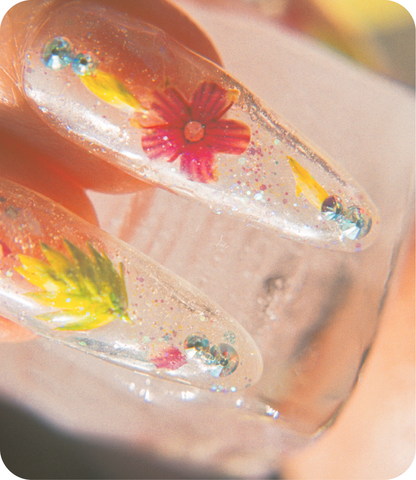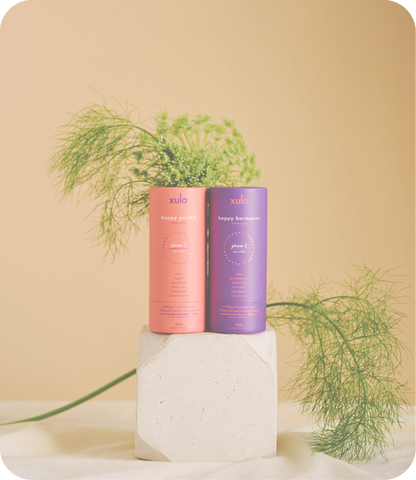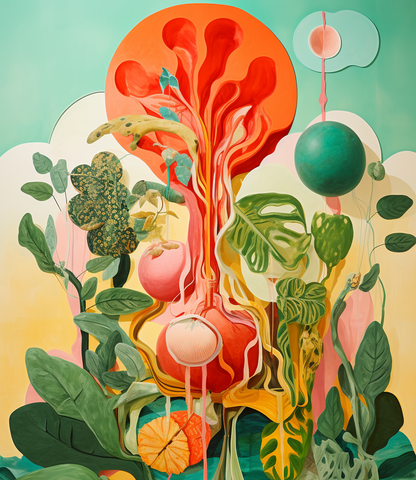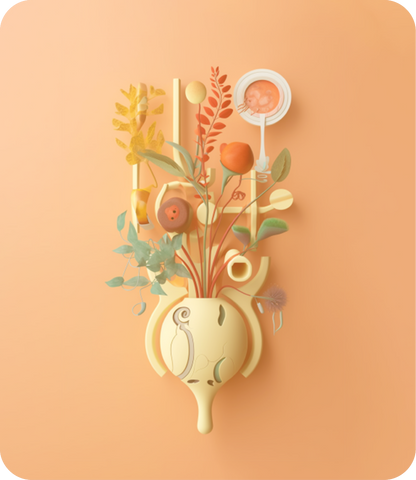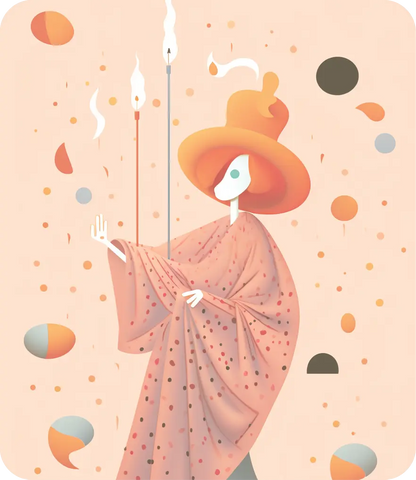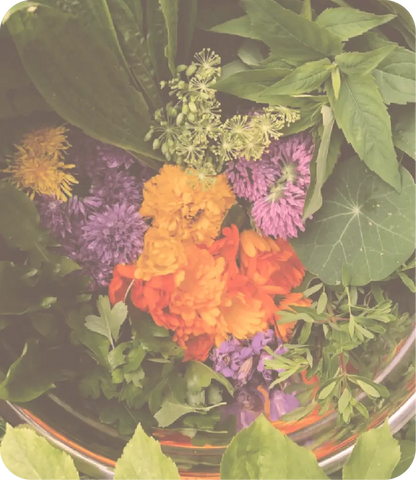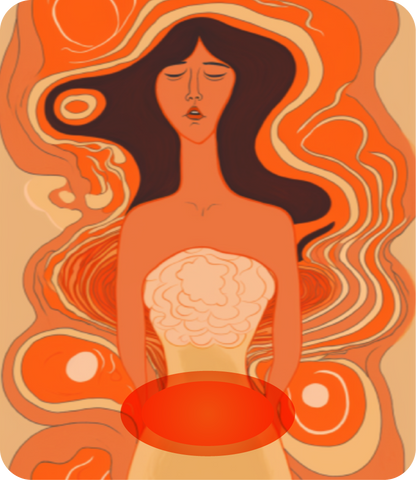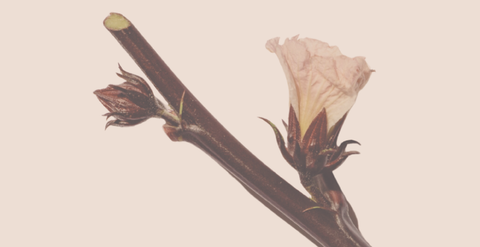
5 Native African Herbs
African herbalism is the oldest form of medicine known to humankind, a practice consisting of using the healing properties of native African herbs. There is little doubt that medicinal plants were used prehistorically. Botanical remains dating to 60,000 years ago discovered in Shanidar Cave revealed seven different species of medicinal plants buried with one distant ancestor Neandertal.1
It is important to remember that Africa is an entire continent made up of 54 sovereign countries. So when we talk about Africa, we really are talking about an almost infinitely diverse source of all life. This continent is both scientifically and culturally the cradle of womankind with an incredibly rich biological diversity and botanical legacy strong with regional differences that define each of its healing practices. For xula, as a brand that operates on the foundation of plant power, it’s hypercritical to talk about herbs if we’re not talking about native African herbs.
These forms of herbalism or medicine, as some on the continent call it, vary in ways that are holistic to the body, spirit, and mind. One traditional healer may diagnose and support the psychological basis of an illness well before advising herbal applications. The sustained interest of this ancestral type of healthcare system can be justified by the inadequate access to Western forms of treatments because of systemic racist structures, whereby most people in Africa are unable to afford access to modern medical care. This is something that we still witness today, especially during this global pandemic. In addition, decades of colonization and failed efforts of treating chronic ailments and diseases leave the continent to fend for itself the best way it knows how: Through traditional herbalism that has been leaned on since the beginning of herbalism itself.
As we all dive into Black History in the United States, it’s imperative that we also look outside of the U.S. — to Africa and all of her descendants around the globe—including herbal descendants. Though we aren’t covering all that Black and African herbalism had to offer in this article, we do intend to continue creating content that speaks to this incredible resource of herbalists. Xula was born as a way to reconnect our communities (both Black and Latinx) to herbal wisdom. Cannabis is just one of the many herbs that support our bodies, and so we’re using this opportunity to celebrate a few African herbs that continue to support and care for the bodies of not only Black bodies, but all bodies. Here are five that we love the most.
Related to: Rituals for Spring
Cape Aloe

Actions: moisturizing, antioxidant, antibacterial, antifungal, purgative, cooling
Found in: natural hand sanitizer, hair conditioner, lotions, face mists
Aloe ferox is commonly known as cape aloe or bitter aloe. It’s a juicy succulent-like plant that seriously could be cousins with agave. The plant is a polymorphic species (meaning that it can occur in different forms) and is indigenous to South Africa. As an ancient native African herb, it’s said to have chemopreventive and anti-tumor traits2 and a remedy in folk medicine as a laxative. Anti-oxidant, antimicrobial, anti-inflammatory, anticancer3 and antimalarial properties.
Although cape aloe as a plant is extremely similar to aloe vera, the chemical composition from the gel of its leaves (the part of the plant used for most applications) of cape aloe has shown in organic chemistry potent antioxidant, antimicrobial, and anti-inflammatory properties than regular basic bitch aloe vera.
Regardless, this is a versatile herb, by way of a gel that’s applied for myriad purposes. It can be used from anything such as a homemade hand sanitizer to a face mist, a gel for sunburnt skin, cuts, a hair and scalp treatment, and even ingested as a drink. Remember when everyone was all about aloe vera juice?
Bissap / (Hibiscus sabdariffa) Flor de Jamaica

Actions: cooling, drying, toning, anti-inflammatory, antioxidant, hypotensive
Found in: teas, xula whew! moon-a-pause drops, natural beverages, alimentos
There are about two hundred species of Hibiscus that grow in tropical environments throughout the world. This species, Hibiscus sabdariffa has been used ancestrally in the form of teas known as roselle, bissap (in West Africa, where it is native), flor de jamaica (in Mexico), sorrel, java jute, and karkadeh (كركديه) in Arabic. The edible external portion or calyx of the plant has a beautifully intense and deep crimson color. This part is used in Mexico for jugo de Jamaica, Bissap tea in Senegal, and other parts of West and East Africa—where the plant originates. It was believed to have come over to Latin America (much like most of Africa’s botanical legacy) during the late 1400s during the vile transatlantic slave trade.4
As a tea, Hibiscus is energetically cooling and shows its strength on a summer day when someone may feel overheated and frazzled. All the while, this same property helps cool a hot flash experienced during menopause.5 It is also shown to be helpful to reduce high blood pressure and hypertension while also calming other types of inflammation in the body.6
Related to: Xula Interviews: Hanah Salas
Rooibos

Actions: cooling, anti inflammatory,
Found in: teas, herbal supplements
Rooibos (pronounced ROY-boss) tea is a red herbal tea rich in antioxidants that comes from the fermented leaves of the Aspalathus linearis shrub. It’s native to a specific region in South Africa and has been harvested by the natives of the Cederberg region, the indigenous Bushmen. Rooibos is a revered herbal remedy used to ease a myriad of ailments for many centuries.
Research into the effects of rooibos tea is limited due to the overall colonial distortion and erasure of African herbal history. However, based on existing studies, and anecdotal evidence, rooibos, as both a tea and herb, is rich in antioxidants,7 promotes stronger bones, supports blood pressure and blood sugar regulation, and helps maintain heart health.8
Madagascar Periwinkle

Actions: immunity support, moisturizing pharynx and larynx (throat)
Found in: liquid cold medicines (both natural and pharmaceutical)
Madagascar periwinkle is a beautiful plant with delicate flowers. All parts of the plants, its flowers, leaves, branches, and roots can be used to make plant medicine. Madagascar periwinkle might alter the immune system and lower blood sugar and blood pressure, soothe sore throats, cough, insect bites, and many other conditions, though there is little scientific evidence to support all of these uses.
Vinblastine and vincristine, some chemicals that can be taken out of Madagascar periwinkle, are approved by the US Food and Drug Administration (FDA) for use in chemotherapy. Other chemicals in Madagascar periwinkle might also have anticancer activity, but they have not been well studied.
Purified forms of some chemicals found in Madagascar periwinkle are approved by the U.S. Food and Drug Administration (FDA) to be given by injection for the treatment of cancer. These drugs have serious side effects and should be administered only under medical supervision. Please note that Madagascar periwinkle is considered unsafe for self-medication.
Umckaloabo / South African Geranium

Actions: anti-bacterial, anti-inflammatory, reduces COPD symptoms,
Found in: oral tinctures, supplements for sore throat
Some rude people call geranium the poor-mans rose but to the Zulu, geranium is more potent and precious than a rose for various reasons. Umckaloabo (pronounced UMM-kah-loa-bow) is a flowering plant that is native to South Africa. Its roots are used for medicine. It is commonly used orally for infections including bronchitis, sore throat, tonsillitis, and the common cold.
This species of South African geranium has been used for centuries within the Zulu medical systems and shows promise as an herbal remedy for respiratory infections. Two randomized trials show that extracts of P. sidoides improve symptoms of acute bronchitis which, like the common cold, is usually caused by a virus.9
Related to: Xula´s Matcha Lattecito
Sources
1Erin Brooke Hamby, The Roots of Healing: Archaeological and Historical Investigations of African-American Herbal Medicine (Doctoral Dissertation), University of Tennessee, Knoxville. 2014.
2Weiyang Chena, Ben-Erik Van Wyk, Ilze Vermaak, Alvaro M. Viljoen et al. Cape aloes—A review of the phytochemistry, pharmacology and commercialisation of Aloe ferox. March 2012, Phytochemistry Letter.
3Saeda Kametani, Akiko Kojima-Yuasa, et al. Chemical Constituents of Cape Aloe and Their Synergistic Growth-Inhibiting Effect on Ehrlich Ascites Tumor Cells. May 2007, Bioscience, Biotechnology, and Biochemistry, Volume 71, Issue 5.
4Grace Young & William L. Hosch. Roselle. Encyclopedia Britannica. 2008
5Michel, J. L., Mahady, G. B., Veliz, M., Soejarto, D. D., & Caceres, A. Symptoms, attitudes and treatment choices surrounding menopause among the Q’eqchi Maya of Livingston, Guatemala. 2006. Social Science & Medicine, 63(3), 732-742.
6McKay, D. L., Chen, C. O., Saltzman, E., & Blumberg, J. B.. Hibiscus sabdariffa L. tea (tisane) lowers blood pressure in prehypertensive and mildly hypertensive adults. 2010. The Journal of Nutrition, 140(2), 298-303.
7Débora Villaño, Mauro Serafini, Maria Francesca Testa, et al. Unfermented and fermented rooibos teas (Aspalathus linearis) increase plasma total antioxidant capacity in healthy humans. 2010
8Mary Jane Brown, PhD, RD (UK), 5 Health Benefits of Rooibos Tea (Plus Side Effects), Healthline, (2018)
9Bladt S, Wagner H. From Zulu medicine to the European phytomedicine Umckaloabo. Phytomedicine. 2007;14 (suppl 1):2–4.


